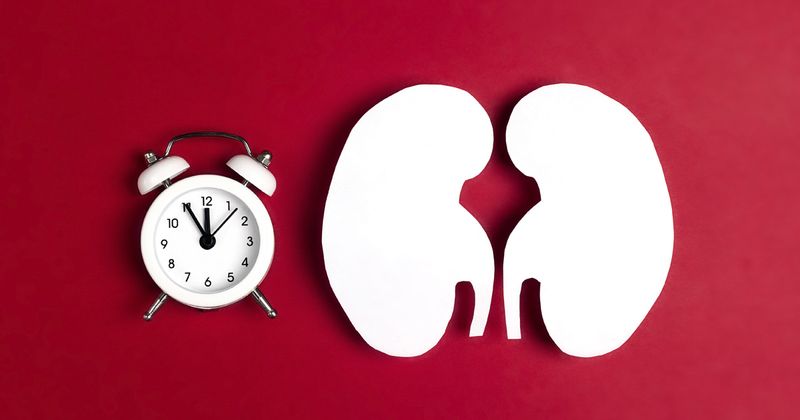US data report: Higher mortality rate seen for patients with vs without CKD
Click Here to Manage Email Alerts
The mortality rate among patients with chronic kidney disease who are not on dialysis is more than twice that of people without CKD, according to the latest annual report of the United States Renal Data System.
“According to the recently published Global Burden of Disease in The Lancet, chronic kidney disease (CKD) has risen to the eighth leading cause of disability-adjusted life-years in people aged 50 to 74 years,” Kirsten L. Johansen, MD, director of the United States Renal Data System (USRDS) Coordinating Center in Minneapolis, said in a press release. “As the United States population ages, the impact of chronic kidney disease and end-stage renal disease (ESRD) on health outcomes and health care spending cannot be overstated.”

The annual data report is produced by the Chronic Disease Research Group in partnership with the National Institute of Diabetes and Digestive and Kidney Diseases. For the first time, the annual data report is fully interactive.
Other findings from the report, according to the USRDS, include the following:
- a 14.9% prevalence of CKD among adults in the United States;
- a 40% increase in hospitalizations for AKI from 2009 to 2018 and a persistently large disparity in AKI between Black patients and white patients;
- an increase of 0.2% in the adjusted rate of incidence for ESRD from 2017 to 2018;
- strong growth in home dialysis use and preemptive kidney transplant; and
- a declining ultrafiltration rate in patients undergoing hemodialysis.
Data from the report, which tracks patients through the end of 2018, showed a lack of progress in reducing catheter use at dialysis initiation, as well as hospitalization and readmission of dialysis patients. However, there was a 1.5% decrease in the death rate of patients on dialysis from 2017 to 2018, according to the USRDS.
Data showing all-time highs in kidney transplants and graft survival among deceased donor transplants were also noted.
This year, the annual data report includes a new chapter devoted to the patient experience, including end-of-life care for patients with ESRD, according to the press release. The report also includes a look at the impact of COVID-19 on death rates and hospitalizations in patients with ESRD.
“Compared to previous years, dialysis and kidney transplant patient mortality during the spring increased by 37% and 61%, respectively, while hospitalization for non-COVID-related reasons fell by 33%,” Johansen said. “Remarkably, the number of patients who were newly diagnosed with ESRD declined by almost 20%, illustrating the profound impact of COVID-19 on people with advanced CKD and ESRD.”
More information on the annual data report can be found here.

